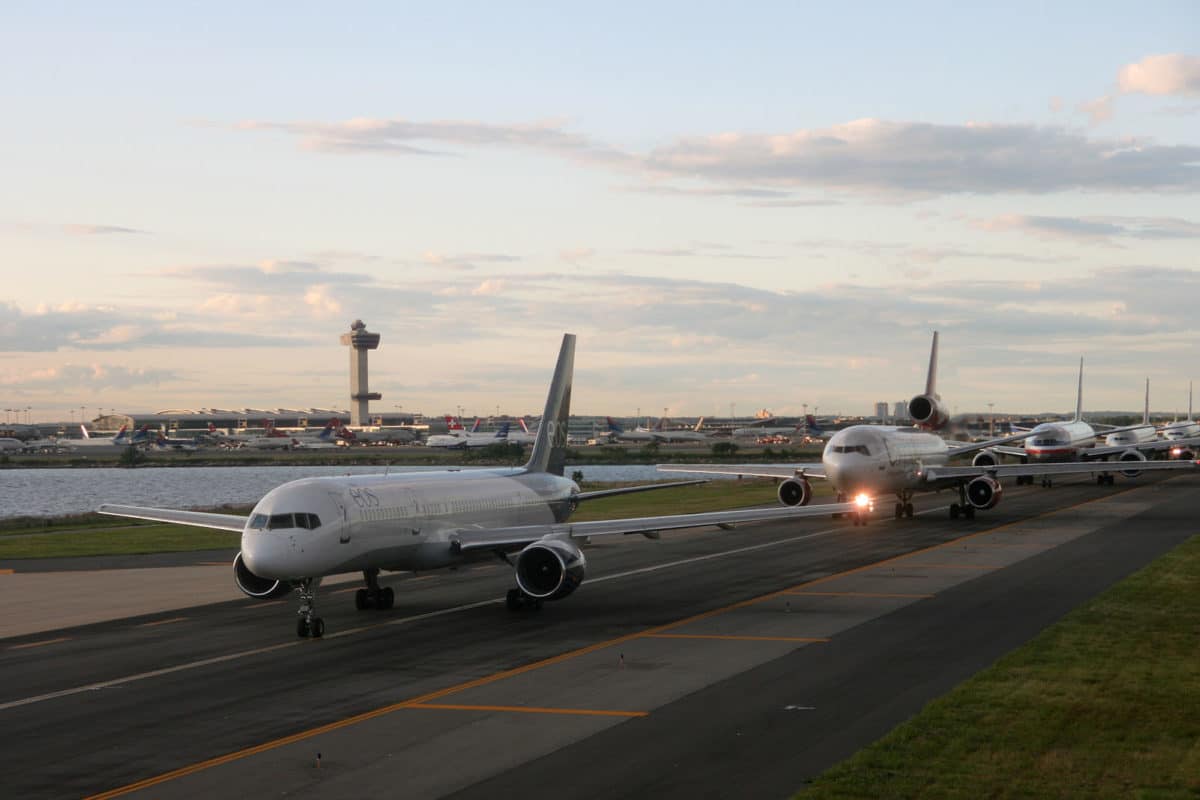Don’t look now, but a new trend may be forming within the solar industry. Earlier this week, the Port Authority of New York and New Jersey made public plans to construct a 13 MW, 7.5 MWh solar + storage project at JFK International Airport, set to be developed by SunPower.
Of those 13 MW, 6.1 MW will be used as part of a community solar project, an accomplishment which the Port Authority claims to be the largest community solar system housed at an airport. That may be so, and is definitely impressive, but that’s not the most hotly-contested accomplishment.
The remaining generation will be used to feed the airport and the Port Authority, a measure which is anticipated to cut the authority’s greenhouse gas emissions at JFK by roughly 10%. This is part of a greater goal set by the Authority to cut greenhouse gas emissions 35% by 2025, with a long-term goal of an 80% reduction in all emissions by 2050.
So what’s the trend? In the past two years we have seen three airports in the United States offset a considerable portion of their electrical demand with on-site solar arrays. In October, Pittsburgh has become to the first American airport powered by its own microgrid, partially through the generation of on-site solar. In more news of firsts, the Chattanooga Metropolitan Airport become the first in the country 100% powered by solar energy, via a 2.6 MW installation in July.
On a similarly large scale as JFK, Sacramento International Airport is able to satisfy 30% of its electrical needs via a 7.9 MW installation commissioned in February 2018. Largest of all, however, is the 100 MW solar array that has been rumored to come to John Foster Dulles Airport in Washington, D.C. That gargantuan project right now remains the subject of discussions between Dominion Energy Virginia and the Metropolitan Washington Airports Authority, though documentation to begin feasibility studies for the potential project have been signed.
And, in terms of community solar coming from airports, the City of Middleton, Wisconsin has in the works a 5 MW community solar project to feed Madison Gas and Electric’s popular Shared Solar program.
Airports make a natural choice for solar installations. By nature, an airport is comprised of acres upon acres of flat, level, ground, a considerable portion of which goes unused. Not only does the type of land make them prime candidates for installations, but airports are owned and operated by some level of a government entity. Considering the amount of cities that are moving to have all government operations powered by renewable energy, having an airport in said city provides a site to jumpstart that goal.
The timing of all these projects could well just be coincidental, but it is likely not. What is more likely is that local governments are taking notice of the symbiosis that exists between airports and solar farms and are exploring this relationship in order to meet their renewable generation and emission-reduction goals.
This content is protected by copyright and may not be reused. If you want to cooperate with us and would like to reuse some of our content, please contact: editors@pv-magazine.com.









Denver International Airport has had solar since 2008. Currently 10MW on four sites within airport grounds. Good to see others getting on board.